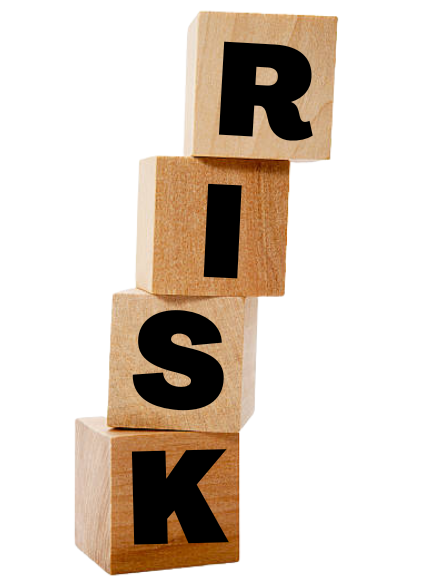Risk assessment is a critical component of ensuring the effectiveness and efficiency of security measures, especially for security guards. A thorough risk assessment allows security personnel to identify potential threats, vulnerabilities, and risks associated with a particular environment or situation. By understanding and evaluating these factors, security guards can develop and implement strategies to mitigate and manage risks effectively. Here are some comprehensive tips for conducting risk assessments in the context of security guards:
1. Understand the Environment
Before conducting a risk assessment, security guards must thoroughly understand the environment they are responsible for securing. This includes the layout, infrastructure, entry and exit points, high-risk areas, and the overall purpose of the space. Understanding the environment lays the foundation for a more accurate risk assessment.
2. Identify Assets and Critical Points
Determine the critical assets and points within the environment. This could include sensitive information, valuable equipment, or areas with high foot traffic. Understanding what needs protection helps in prioritizing security measures.
3. Assess Threats
Identify and assess potential threats to the environment. This could include criminal activities, natural disasters, or internal threats. Consider past incidents, if any, and analyze trends that may indicate potential future threats.
4. Evaluate Vulnerabilities
Examine weaknesses or vulnerabilities in the security infrastructure. This includes gaps in surveillance, insufficient access controls, or outdated technology. Identifying vulnerabilities is crucial for developing targeted strategies to address weak points in the security system.
5. Determine Risk Likelihood and Impact
Evaluate the likelihood of each identified threat occurring and the potential impact it could have. This involves a qualitative and quantitative analysis to prioritize risks based on their probability and potential consequences. Consider historical data and industry benchmarks for a more informed assessment.
6. Establish Risk Tolerance
Define the acceptable level of risk for the environment. Different organizations may have varying levels of risk tolerance, and understanding this helps security guards tailor their strategies accordingly. This step involves aligning security measures with organizational goals and priorities.
7. Develop Mitigation Strategies
Based on the identified risks, vulnerabilities, and the established risk tolerance, develop mitigation strategies. These strategies should address specific threats and vulnerabilities, incorporating measures such as increased surveillance, access controls, security personnel training, or technology upgrades.
8. Prioritize Mitigation Measures
Prioritize mitigation measures based on the level of risk, potential impact, and available resources. This ensures that high-priority risks receive immediate attention, optimizing the allocation of resources and efforts.
9. Implement and Test Security Measures
Once mitigation strategies are developed, implement them and regularly test their effectiveness. This includes conducting drills, reviewing security protocols, and updating measures as needed. Continuous testing and improvement are essential for maintaining a robust security posture.
10. Establish Emergency Response Plans
Develop comprehensive emergency response plans to address various scenarios. Security guards should be well-trained in executing these plans, ensuring a quick and coordinated response in the event of a security breach or emergency.
11. Collaborate with Stakeholders
Engage with relevant stakeholders, including management, local law enforcement, and emergency services. Collaboration enhances the overall security framework and ensures a coordinated response to potential threats.
12. Stay Informed
Keep abreast of current security trends, technological advancements, and industry best practices. Regularly update risk management to reflect changes in the environment, potential threats, or new vulnerabilities.
13. Foster a Security Culture
Promote a security-conscious culture among staff and stakeholders. Encourage reporting of suspicious activities, conduct regular training sessions, and raise awareness about security measures. A vigilant community contributes significantly to overall security.
14. Use Technology Wisely
Leverage technological tools such as surveillance cameras, access control systems, and alarm systems. Regularly update and maintain these technologies to ensure optimal performance and reliability.
15. Review and Revise
Conduct periodic reviews of the risk assessment and security measures. This includes evaluating the effectiveness of implemented strategies, addressing emerging threats, and making necessary adjustments. A dynamic and adaptable security approach is key to long-term success.
Conducting a comprehensive risk assessment security guards involves a systematic and thorough analysis of the environment, threats, vulnerabilities, and mitigation strategies. By following these tips, security personnel can enhance their ability to identify, assess, and manage risks effectively, ultimately contributing to a safer and more secure environment. Regular updates and collaboration with stakeholders ensure that security measures remain aligned with the evolving nature of threats and organizational needs.






